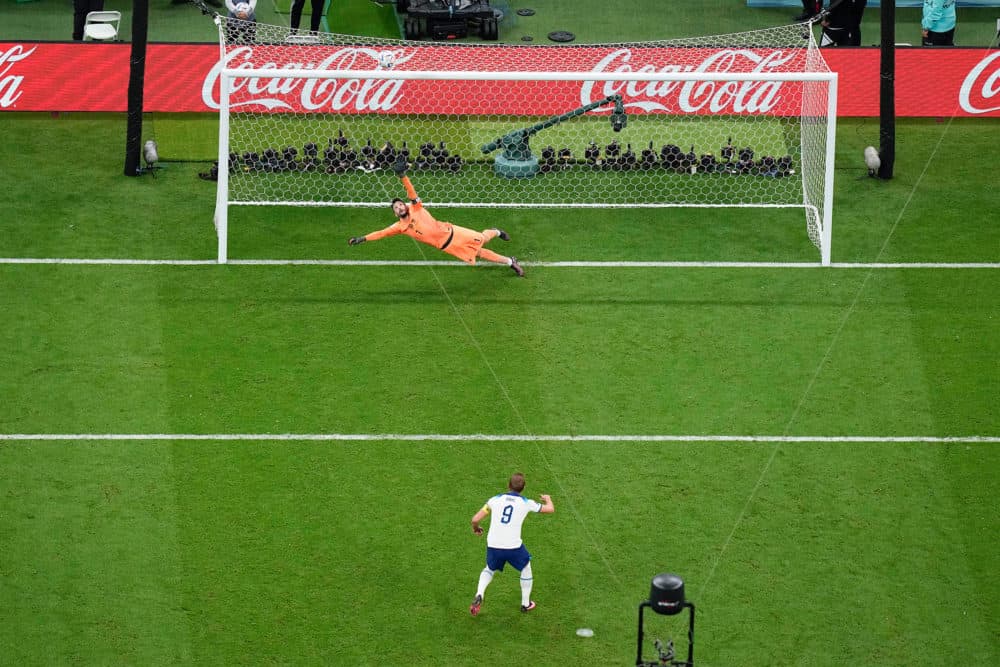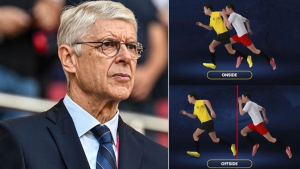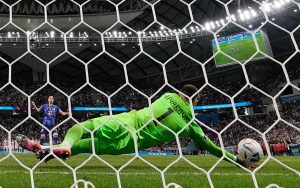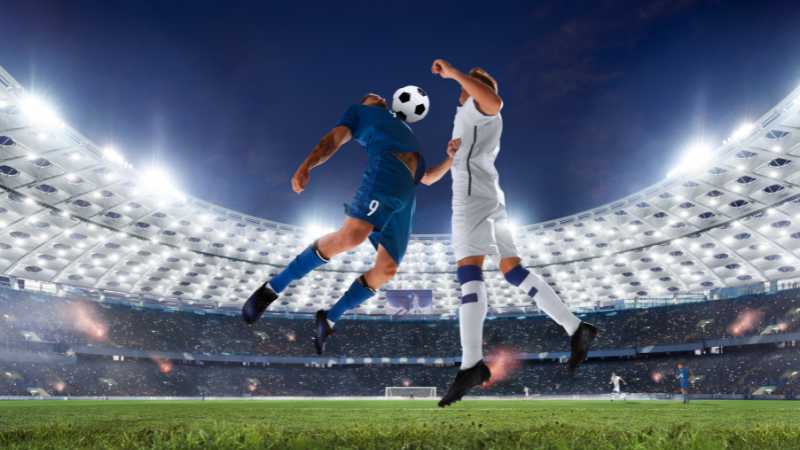Soccer is a sport that has captured the hearts of millions around the world. With its fast pace, skilled players, and intense rivalries, it’s no wonder that soccer has become the most popular sport globally. However, with such high stakes and competitive nature comes the inevitable – fouls and penalties. In soccer, a penalty kick is awarded when a player commits a foul inside their own penalty box. It’s a pivotal moment in any game and can make or break a team’s chances of victory.
Penalty kicks have always been a part of the game, but their significance and strategies have evolved over the years. From controversial calls to game-changing moments, they have become an integral part of the soccer experience. In this article, we will delve into the world of penalty kicks in soccer, exploring their impact, controversies, and evolution.
The History of Penalty Kicks in Soccer
Origins of Penalty Kicks
Soccer as we know it today originated in England in the mid-19th century. As the sport gained popularity, various rules and regulations were introduced to standardize the game. One of these rules was the penalty kick. It was first introduced in 1891 by the International Football Association Board (IFAB), the governing body responsible for the laws of the game.
The initial rule stated that a direct free kick would be awarded to the attacking team if a defender committed a foul inside their own penalty area. This could only happen if the foul denied the attacking team a clear goal-scoring opportunity. The ball would be placed twelve yards from the goal line, and all players, except the goalkeeper, had to be outside the penalty area until the ball was kicked. If the goalkeeper handled the ball outside the penalty area, a direct free kick would be awarded to the attacking team.
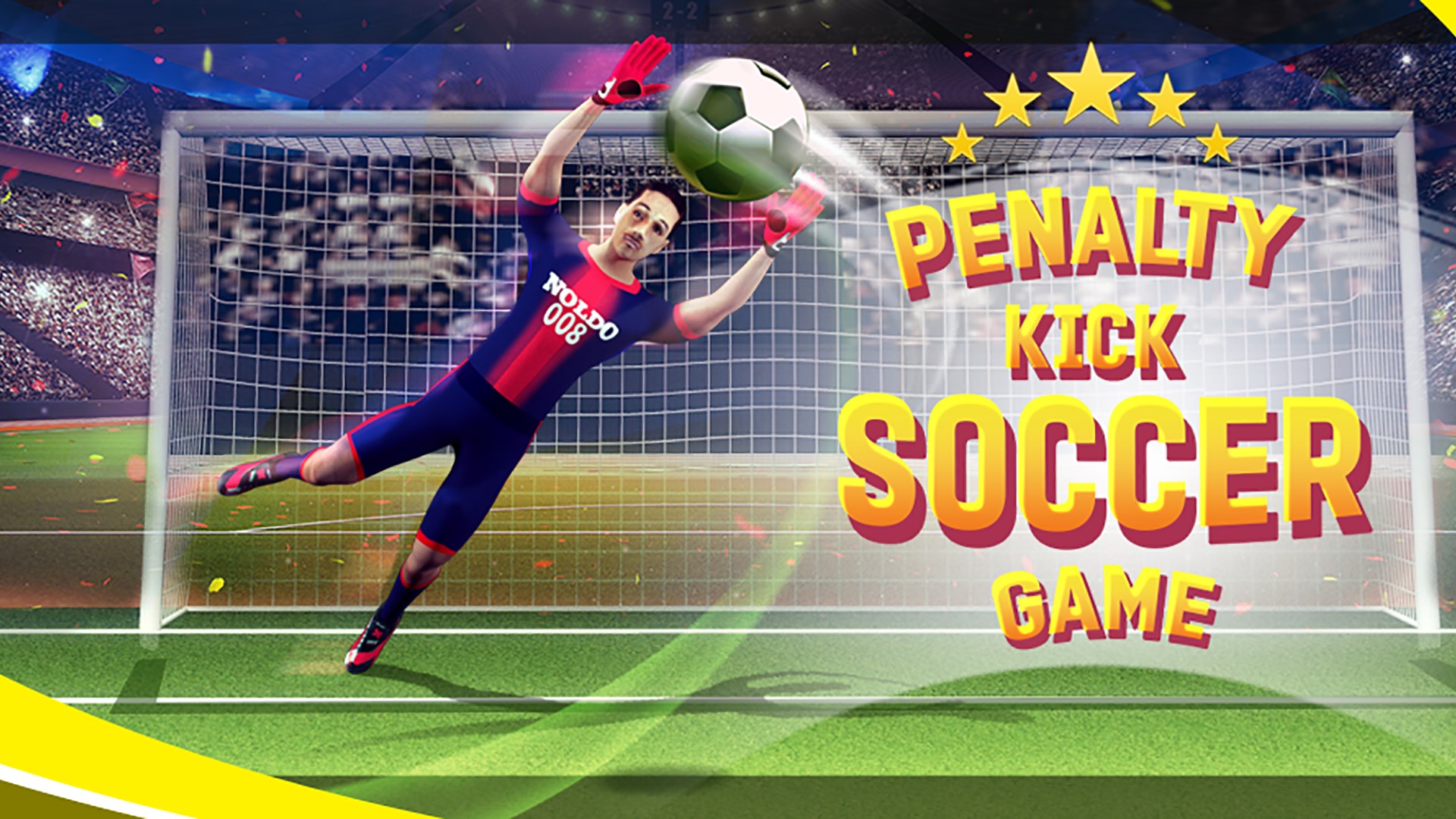
The International Football Association Board (IFAB), the governing body responsible for the laws of the game, first introduced it in 1891
Changes in Penalty Kick Rules
As soccer evolved, so did the rules surround penalty kicks. In 1902, defenders were allowed to stand on their goal line during a penalty kick, but they could not move until the ball was kicked. This rule change gave the goalkeeper an advantage, making it more challenging for attackers to score from the spot.
In 1936, another significant change occurred when players were allowed to take a stutter step before kicking the ball. This technique, known as the “dummy run,” was meant to deceive the goalkeeper and increase the chances of scoring. However, in 1979, IFAB banned this practice, stating that it was unsportsmanlike conduct.
One of the most controversial changes to the penalty kick rule came in 1997 when FIFA, the international governing body of soccer, introduced the concept of a golden goal. The golden goal meant that if a team scored during extra time, the game would end immediately, and that team would be declared the winner. This rule applied to all phases of play, including penalty kicks. It put immense pressure on teams during penalty shootouts, knowing that one mistake could cost them the game.
The golden goal rule lasted only six years and was replaced by the silver goal rule in 2003. The silver goal stated that if a team scored during the first half of extra time, the game would continue with the second half. If no goals were scored in the second half, the team that scored in the first half would be declared the winner. However, the silver goal rule was also short-lived and was eventually abolished in 2004.
Currently, the most recent rule change regarding penalty kicks was made in 2019 when IFAB announced that goalkeepers must have at least part of one foot on or in line with the goal line during a penalty kick. This change aimed to prevent keepers from gaining an unfair advantage by stepping off their line before the ball was kicked.
The Impact of Penalty Kicks in Soccer
Game-Changing Moments
A penalty kick can have a significant impact on a game, either positively or negatively. It’s a moment that can change the course of a match and determine the outcome. One crucial example of this is the 1999 UEFA Champions League Final between Manchester United and Bayern Munich.
In the 6th minute of injury time, with the score tied at 1-1, Manchester United was awarded a corner kick. As the cross came into the box, United’s striker Teddy Sheringham headed it towards goal, only for Bayern’s goalkeeper Oliver Kahn to save it. However, the ball fell to United’s other striker, Ole Gunnar Solskjær, who managed to direct it into the back of the net with his knee. Manchester United won the game 2-1, securing their treble and making it one of the most memorable comebacks in soccer history.
Another game-changing moment involving a penalty kick occurred during the 2010 FIFA World Cup. In the quarter-final match between Ghana and Uruguay, Ghana was awarded a penalty kick in the last minute of extra time. If Ghana scored, they would become the first African team to reach the semi-finals of the World Cup. However, Uruguay’s Luis Suarez deliberately handled the ball on the goal line, denying Ghana a clear goal-scoring opportunity. Suarez was sent off, and Ghana was awarded a penalty kick.
Ghana’s player Asamoah Gyan stepped up to take the penalty, but he missed, sending the game to a penalty shootout. Ghana eventually lost, and Uruguay advanced to the semi-finals. This incident sparked debates about the fairness of the penalty kick rule and whether deliberate handballs should be punished differently.
Psychological Impact on Players
In a high-stakes game, the pressure of taking a penalty kick can be immense. It’s a one-on-one situation between the kicker and the goalkeeper, with all eyes on them. The responsibility of converting the penalty kick falls solely on the player’s shoulders, making it a mentally challenging task.
Studies have shown that there is a significant psychological impact on players during penalty kicks. The stress and anxiety levels are much higher than in regular gameplay situations. This can lead to a phenomenon known as “choking” – when a skilled player fails to perform under pressure.
On the other hand, penalty kicks can also provide an opportunity for players to showcase their mental strength. Some players thrive under pressure and embrace the challenge, scoring crucial goals from the spot. It’s a test of not only a player’s physical abilities but also their mental fortitude.
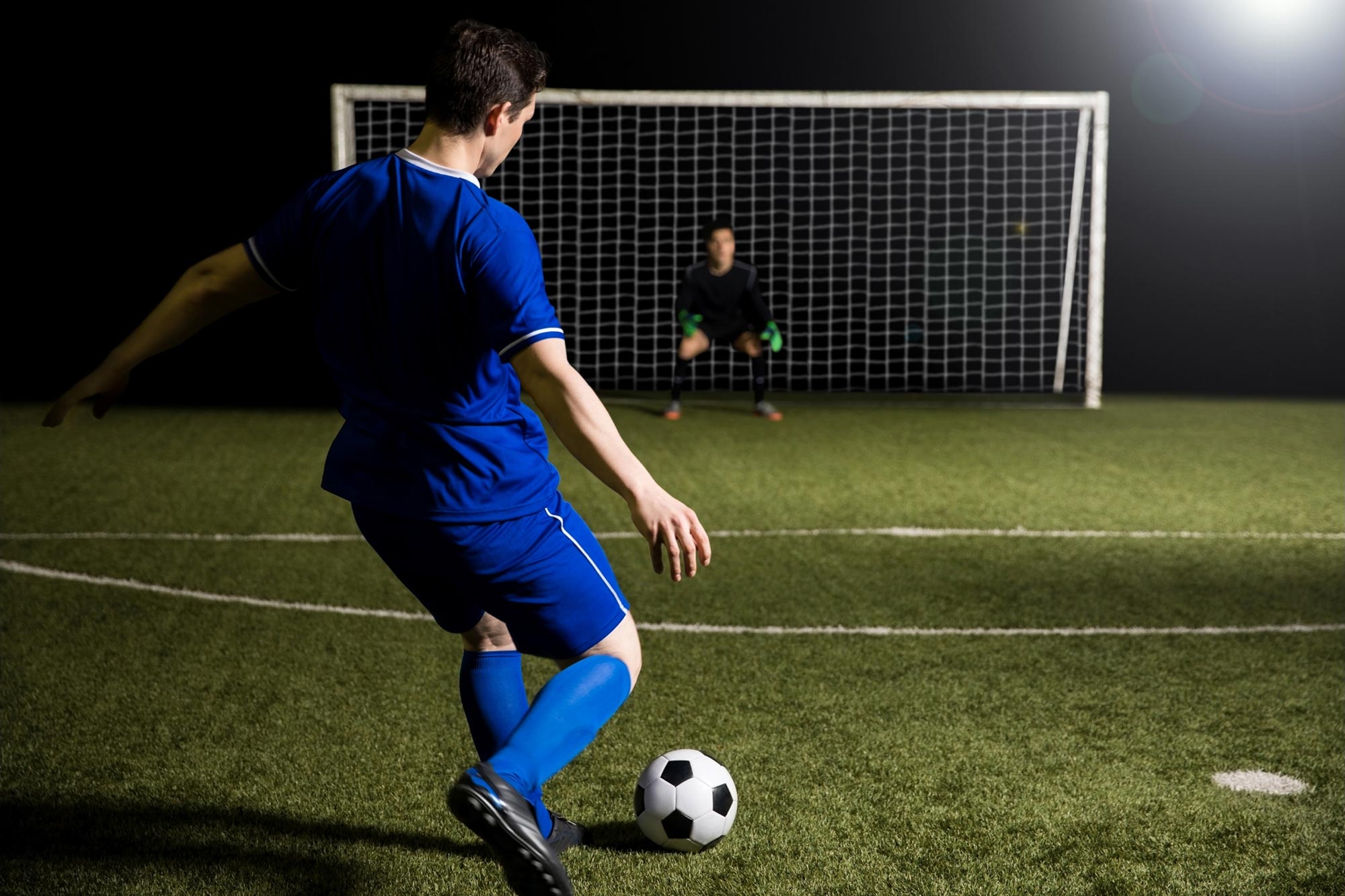
During an important match, the pressure of taking a penalty kick can be overwhelming
Influence on Team Dynamics
A penalty kick can also affect team dynamics, particularly in a penalty shootout. The outcome of the shootout depends on each player’s performance, making it a true test of teamwork. It requires trust and communication among teammates, as well as support and encouragement.
A miss from a teammate can put pressure on the remaining players, and a successful conversion can boost their confidence. In addition, a goalkeeper’s save can have a significant impact on their team’s morale, providing a sense of security and motivation for the rest of the players.
Strategies for Taking Penalty Kicks
The Science Behind Scoring a Penalty Kick
Many factors come into play when a player takes a penalty kick. They must consider the position of the goalkeeper, the angle of the shot, and the power and placement of the ball. However, research has shown that there is a science behind scoring a penalty kick.
According to Professor Ken Bray, a physicist at the University of Bath, a perfectly placed penalty kick should have a low and central trajectory, traveling at approximately 70 miles per hour. This speed is challenging for goalkeepers to save as it gives them less time to react.
Other studies have shown that kickers who make eye contact with the goalkeeper before taking a penalty are more successful than those who do not. This technique may help deceive the keeper, making them anticipate a different direction for the shot.
The Importance of Preparation
Preparation is key when it comes to penalty kicks. Kicking a ball into an empty net may seem like an easy task, but in a game situation with high stakes, it can be a daunting task. Therefore, players must practice and prepare for this moment.
One effective way of preparing for penalty kicks is by studying the opposing team’s goalkeeper. Analyzing their previous penalty saves and their tendencies during a shootout can give a player an advantage. In addition, practicing different types of penalty kicks, such as low driven shots or chips, can also improve a player’s chances of scoring.
Coaches also play a significant role in preparing players for penalty kicks. They can work on a player’s technique, decision-making, and mental strength during training sessions. A well-prepared team is more likely to handle the pressure and execute penalty kicks successfully.
Taking Advantage of Penalty Kicks
Penalty kicks can be seen as a disadvantage for the defending team, but they can also provide an opportunity for teams to gain an advantage. One tactic commonly used by players is to draw fouls in the opposing team’s penalty area. This forces defenders to be cautious and limit their physicality, giving attackers more space and time to maneuver.
Another strategy involves taking a quick penalty kick, catching the opposing team off guard. By doing so, the attacking team can create a scoring opportunity before the opposing team has a chance to set up their defensive wall.
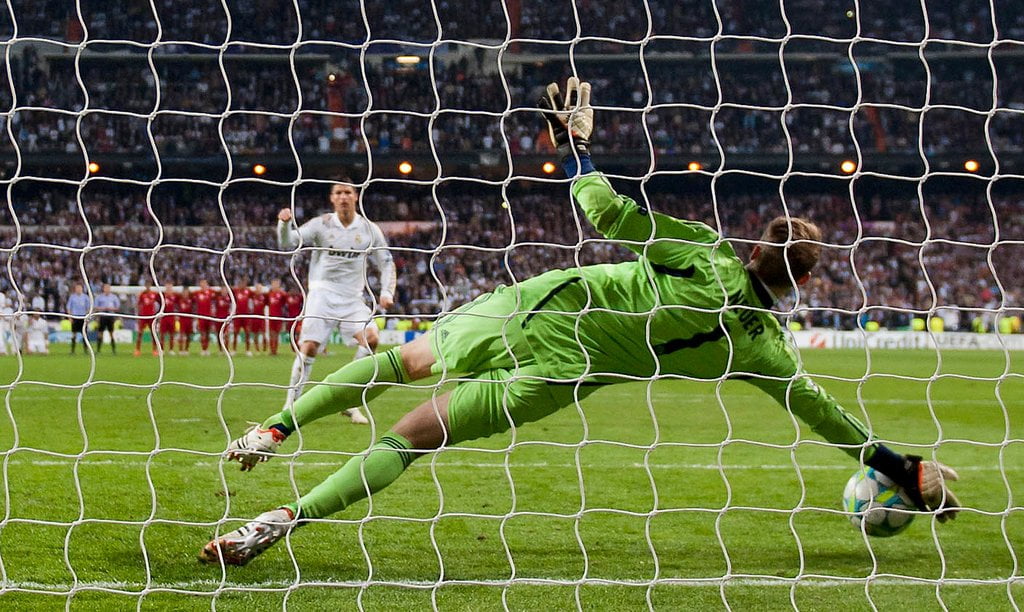
Penalty kicks may be viewed as a disadvantage for the defending team, yet they also offer teams a chance to seize an advantage
Controversies Surrounding Penalty Kicks
Diving and Simulation
One of the most contentious issues surrounding penalty kicks is diving and simulation. Diving refers to a player exaggerating or completely fabricating contact in an attempt to deceive the referee into awarding a foul or penalty kick. This practice has been a part of the game for decades, with players using it as a tactic to gain an advantage.
In recent years, diving and simulation have come under heavy scrutiny, with FIFA implementing strict rules and punishments for players found guilty of these actions. However, it remains a prevalent issue in modern soccer, causing debates about fair play and sportsmanship.
VAR and Penalty Kicks
The introduction of the Video Assistant Referee (VAR) system has had a significant impact on soccer, including penalty kicks. VAR was introduced to assist referees in making crucial decisions, such as awarding penalties. It has led to more fairness and accuracy in the game, but it has also caused controversies and delays.
Some argue that VAR takes away the spontaneity and emotion of the game, while others believe it’s a necessary tool for ensuring fairness. VAR can overturn a referee’s decision to award a penalty if it determines that there was no clear error or mistake. This has caused frustration among players, coaches, and fans, who feel that VAR has taken away some of the game’s excitement and unpredictability.
The Evolution of Penalty Kicks in Soccer
Inclusive Changes
Over the years, soccer has undergone several changes to make it more inclusive and diverse. One such change was the introduction of the “ABBA” penalty shootout format in 2017 by IFAB. This format aimed to reduce the potential disadvantage of the team going second in a penalty shootout by alternating the sequence of penalty kicks. Instead of the traditional ABAB sequence, the new format used the ABBA sequence – Team A takes the first penalty, Team B then takes two in a row, followed by Team A taking two in a row, and so on.
Another significant change was made in 2018 when FIFA announced that female players would be allowed to wear head coverings during games, including penalty kicks. This decision came after years of debate and controversy surrounding the ban on religious headwear in soccer. The rule change was a step towards inclusivity and diversity in the sport.
Technological Advances
Technology has played a vital role in the evolution of penalty kicks in soccer. In addition to VAR, goal-line technology has also been introduced to assist referees in determining whether a ball has fully crossed the goal line. This technology uses cameras and sensors to provide accurate and instantaneous results.
Moreover, the introduction of more lightweight and aerodynamic soccer balls has also impacted the way penalty kicks are taken. The traditional leather ball used in the early days of soccer has been replaced with synthetic materials, allowing for more precision and power in shots.
The Future of Penalty Kicks in Soccer
Potential Changes in Rules
As penalty kicks continue to play an essential role in soccer, there have been discussions about potential changes to the rules surrounding them. One suggestion is to move the penalty kick spot closer to the goal, making it easier for attackers to score. However, this idea has been met with criticism, as it could eliminate the excitement and unpredictability of penalty kicks.
Other suggestions include implementing a time limit for penalty kicks and allowing attacking players to take a “running start” before kicking the ball. These changes may increase the pace and intensity of penalty kicks but could also result in more missed opportunities.
Advancements in Technology
The use of technology in soccer is constantly evolving, and it’s likely that we will see further advancements in the future. Some experts predict that AI (artificial intelligence) could be used to assist referees in making decisions during penalty kicks. This could potentially eliminate the need for VAR and provide more accurate results.
Furthermore, advancements in virtual reality technology could also be implemented to train players on penalty kick techniques and simulate game scenarios. This could give players a better understanding of how to perform under pressure and improve their success rate from the spot.
Conclusion
Penalty kicks in soccer have evolved significantly since their introduction in the late 19th century. They have become an integral part of the game, with the power to change the course of a match and determine the outcome. As the sport continues to progress, so will the rules and strategies be surrounding penalty kicks.
From their origins as a simple direct free-kick to the controversial and game-changing moments we see today, penalty kicks have come a long way. They have sparked debates, influenced team dynamics, and tested players’ mental and physical abilities. While there may be controversies and challenges surrounding them, there’s no denying the excitement and drama that penalty kicks bring to the beautiful game of soccer.
